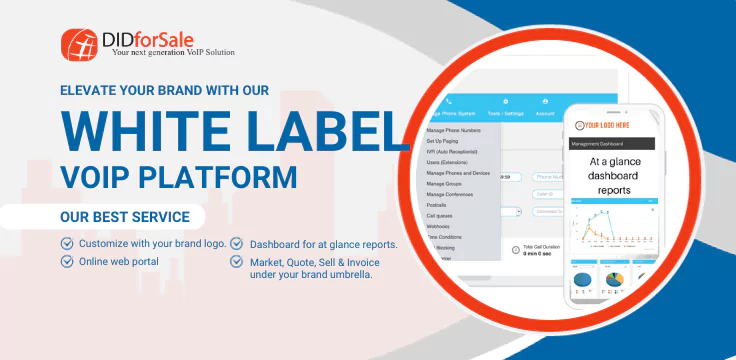SIP Trunking is a cost-effective way of connecting your business telecommunication system to the public switched telephone network (PSTN). It eliminates the need for physical phone lines and reduces the cost of long-distance calls. SIP Trunk pricing models are the pricing strategies used by service providers to charge their customers for the services they offer.
Here are the most common SIP Trunk pricing models:
Pay-per-minute pricing model
In this pricing model, the service provider charges based on the total minutes of usage. It’s a straightforward pricing strategy that works well for businesses with predictable call patterns
Pros:
-
- Easy to understand and predict costs
- No hidden fees or charges
- Ideal for businesses with stable call volume
Cons:
-
- Higher cost for businesses with frequent or long-duration calls
- Limited flexibility in adjusting to changes in call volume
Example: A service provider charges $0.03 per minute of usage. If a business has 100 employees who make an average of 60 minutes of calls per day, the monthly cost would be $1800 ($0.03 x 60 x 100).
Flat-rate pricing model
In this pricing model, the service provider charges a fixed fee regardless of the number of minutes used. It’s ideal for businesses that require a high volume of calls or have unpredictable call patterns.
Pros:
-
- Predictable monthly cost
- No surprises or hidden fees
- Ideal for businesses with high call volume
Cons:
-
- Higher cost for businesses with lower call volume
- Limited flexibility in adjusting to changes in call volume
Example: A service provider charges a flat rate of $500 per month for unlimited calling. Regardless of the number of minutes used, the monthly cost will always be $500.
Usage-based pricing model
In this pricing model, the service provider charges based on the number of calls and/or lines required. It’s ideal for businesses that need to scale their call volume up or down depending on their needs.
Pros:
-
- Flexible pricing based on call volume
- Ability to scale up or down as needed
- Ideal for businesses with unpredictable call patterns
Cons:
-
- More complex pricing structure
- May have hidden fees or charges
Example: A service provider charges $20 per month for each SIP trunk line and $0.03 per minute of usage. If a business needs 10 lines and each line makes an average of 60 minutes of calls per day, the monthly cost would be $1000 ($20 x 10) + ($0.03 x 60 x 10).
Choosing the right SIP Trunk pricing model is essential to getting the most out of your investment. Consider your business needs and call patterns when selecting a pricing model. Pay-per-minute pricing works well for businesses with predictable call patterns, flat-rate pricing is ideal for high-volume callers, and usage-based pricing provides flexibility for businesses with unpredictable call patterns. It’s important to carefully review the terms and conditions of each pricing model to avoid hidden fees and charges.





